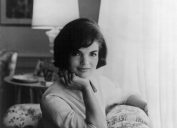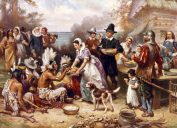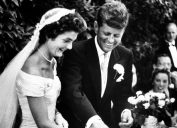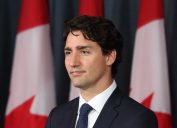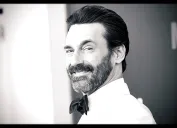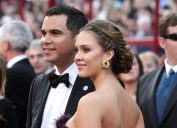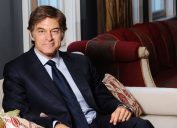21 Facts about the Vanderbilt Family, Kennedys, and More U.S. "Royalty"
From the Rockefellers to the Vanderbilts, this is what you don't know about American Dynasties.
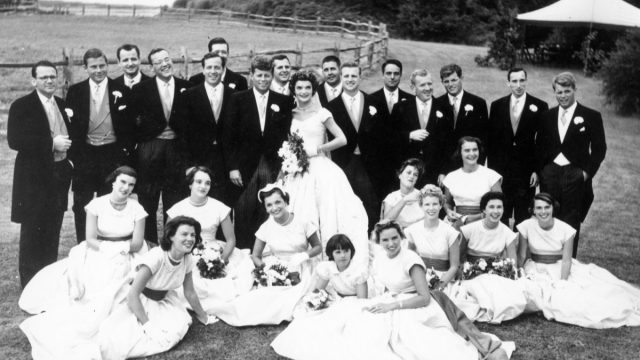
Though most of the world is preoccupied with the bona fide royal family across the pond, America also has its fair share of "royal" families with their own storied pasts. From the Vanderbilt family and the Kennedy family to the Rockefellers and the Hearsts, there are several successful lineages in the U.S. with fascinating origin stories going back centuries. Keep reading to learn some fun facts about our own stateside "royal" families you've never heard before.
1
Cornelius Vanderbilt was illiterate.
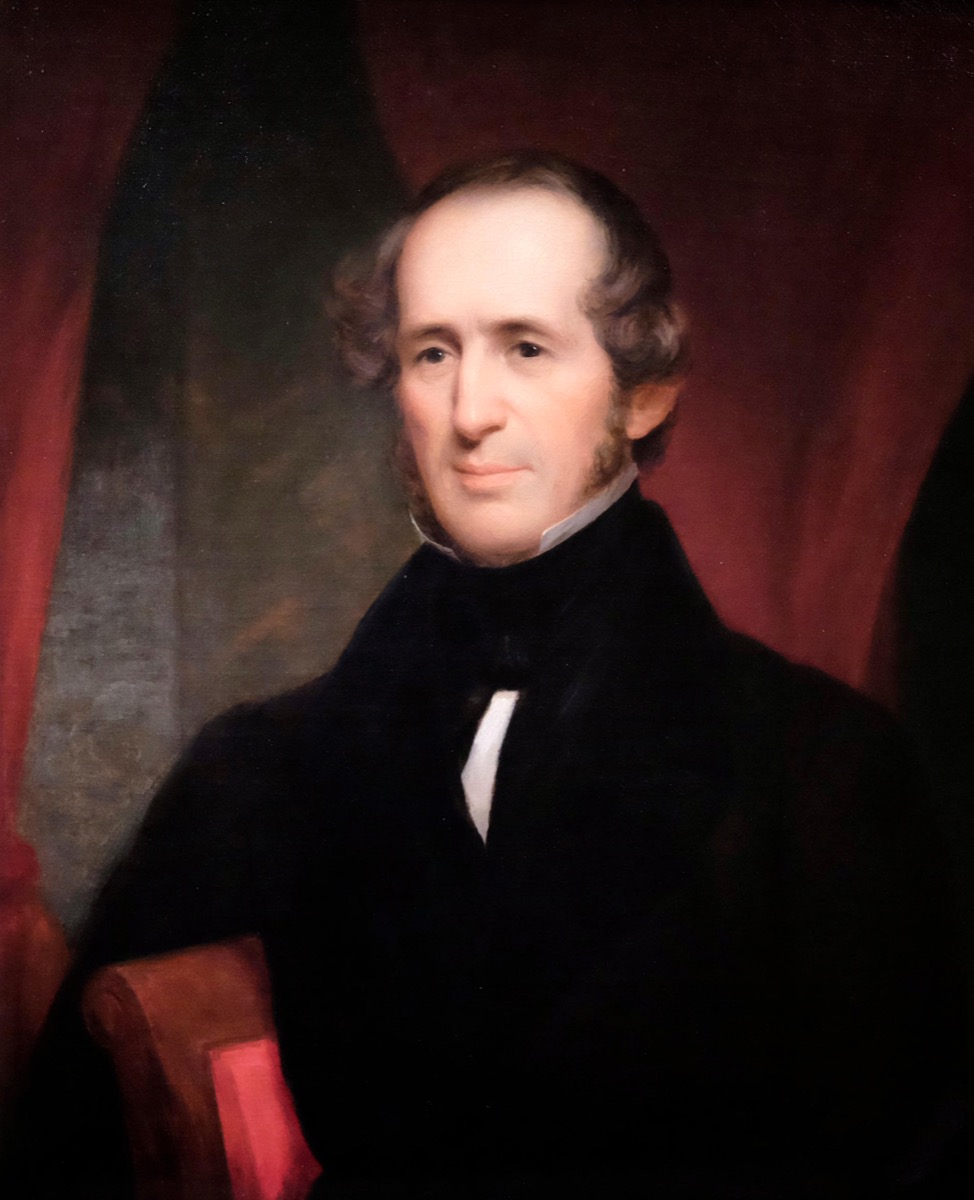
Cornelius Vanderbilt might've been almost three times richer than Amazon founder Jeff Bezos when he was alive, but that isn't to say that his education was top-notch. Since the entrepreneur had to drop out of school at just 11 years old to help his father with his boating business, the Vanderbilt School of Engineering site notes that he was technically illiterate.
"True, he lacked education, but that makes his technical prowess all the more remarkable," the site points out. "He was one of the finest engineers of his day, as self-made in that respect as he was in business."
2
The Vanderbilts built Grand Central Terminal twice.
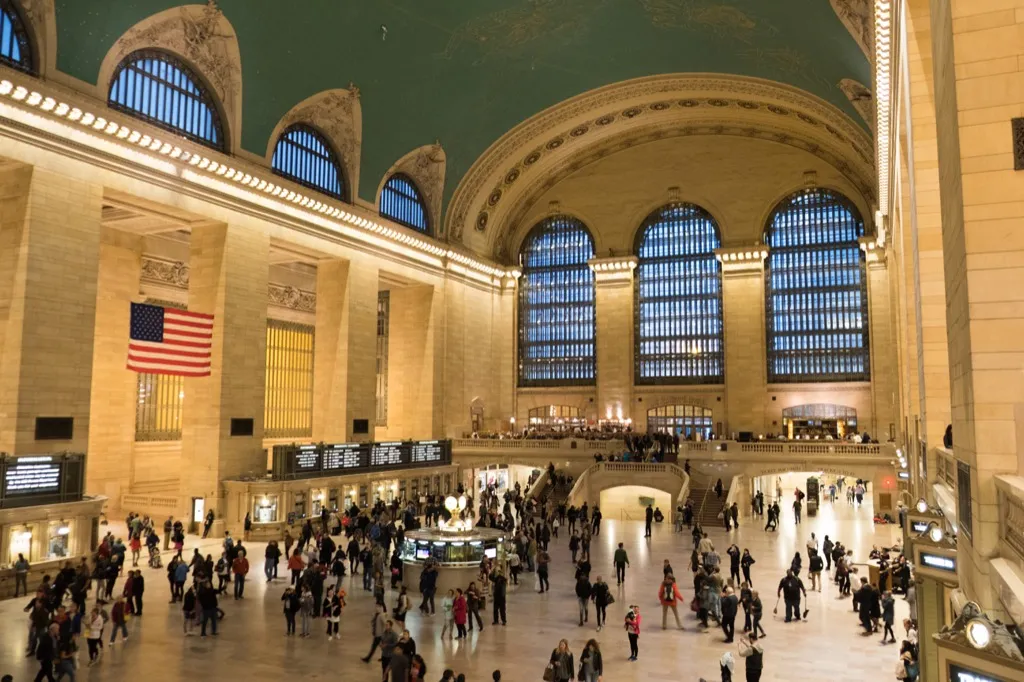
One of those engineering feats for which we have Cornelius Vanderbilt to thank is the original Grand Central Terminal, which opened its doors in 1871. It was his brainchild. And when conditions at this transportation hub became unsafe and unsanitary in the early 1900s, it was William Kissam Vanderbilt—the grandson of Cornelius—who was tasked with rebuilding the station, alongside his son, William Kissam Vanderbilt II, and William J. Wilgus, chief engineer of the New York Central Railroad. Though they faced their fair share of hardships along the way, the men were hailed as a success when they electrified all of the lines running to and from Grand Central.
3
The largest home in America was built by a Vanderbilt.
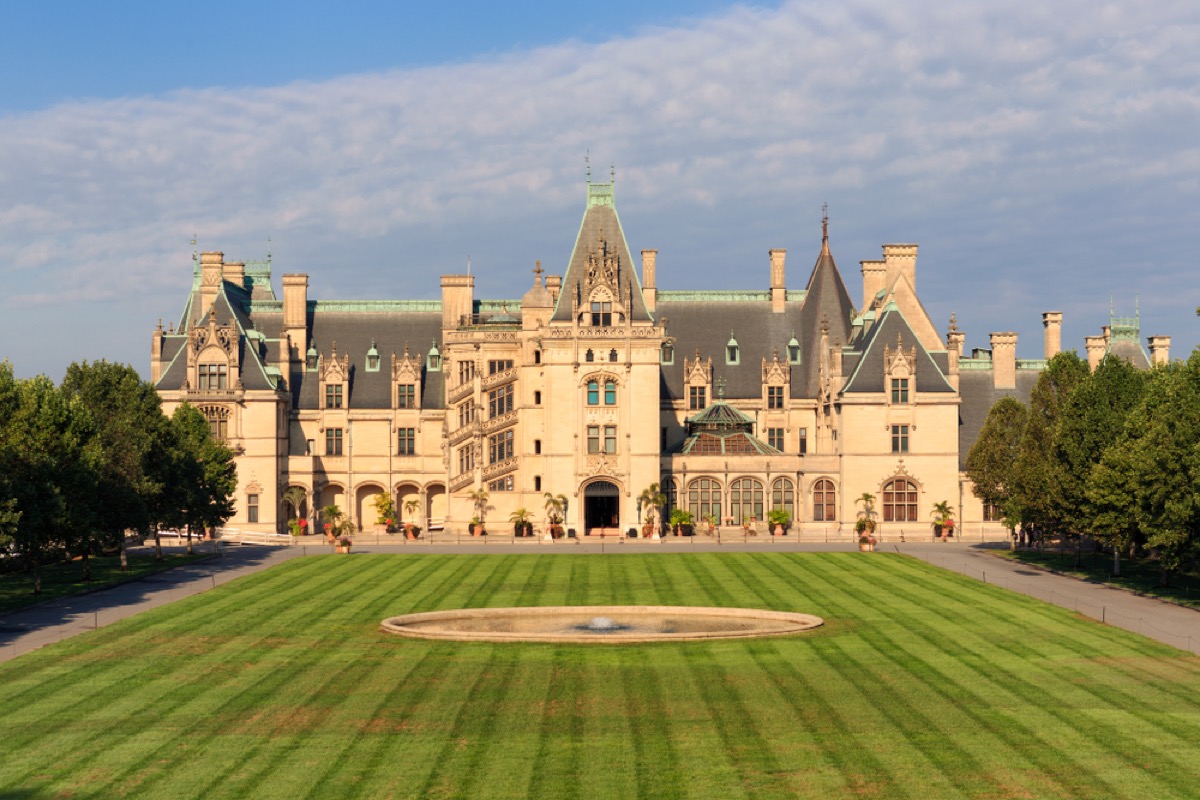
You don't become an American dynasty without accumulating an enviable amount of money. And what does one do with this much money? Build a massive mansion, of course!
Yes, it was George and Edith Vanderbilt, the grandson and granddaughter-in-law of Cornelius Vanderbilt, who first built the Biltmore Estate, the 250-room mansion widely considered to be the largest privately owned home in America. Today, the Biltmore Company—which owns and operates the estate—is run and managed by Bill Cecil, the great-grandson of the original Vanderbilt owners.
4
A Vanderbilt founded the Whitney after her art collection was rejected by the Met.
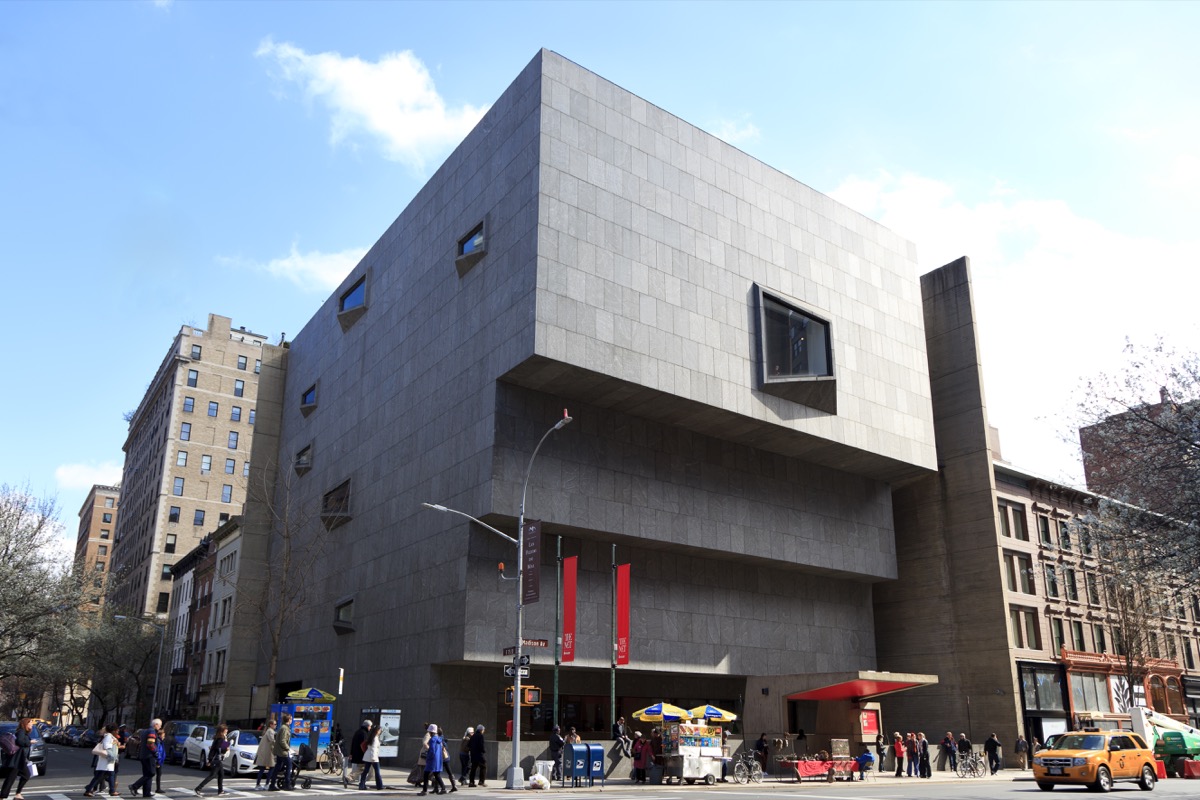
The next time you visit the famous Whitney Museum of American Art in New York, make sure to thank the Vanderbilts. It was sculptor Gertrude Vanderbilt Whitney, great-granddaughter of Cornelius Vanderbilt, who decided to open the museum in order to showcase American artists' work in the early 1930s. She originally offered her collection of more than five hundred pieces to the Metropolitan Museum of Art, but when they declined her proposal, the Whitney Museum was born.
5
Cornelius Vanderbilt was the richest man in the world when he passed away.
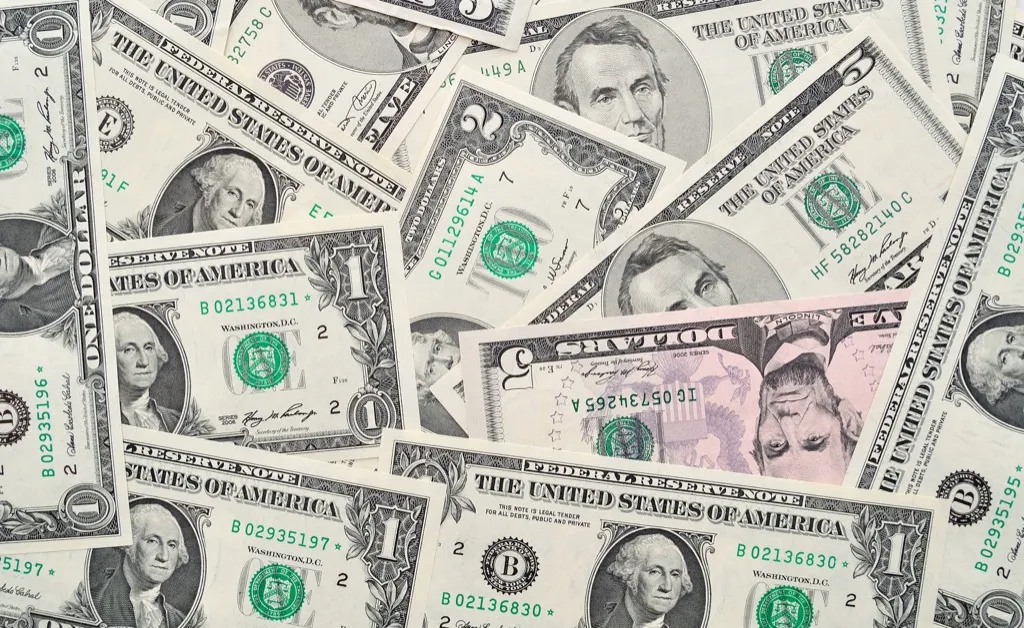
To say that Cornelius Vanderbilt was a wealthy man would be an understatement. According to the National Railroad Hall of Fame, the transportation tycoon had a fortune of around $95 million when he passed away in 1877, making him the richest man in the world at the time.
6
Robert Kennedy eerily predicted Obama's presidency.
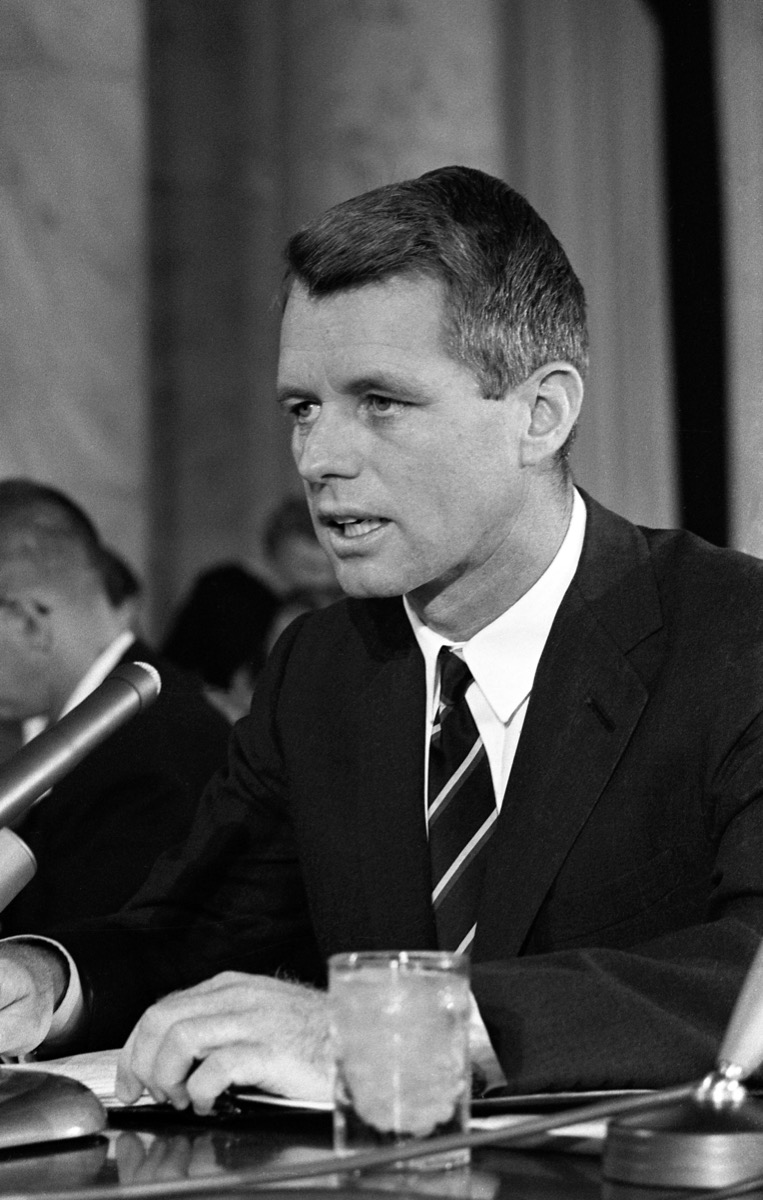
"There is no question about it. In the next 40 years a [black person] can achieve the same position that my brother has," former Attorney General Robert F. Kennedy said in 1961. And boy, was his prediction on the money: Just a little more than 40 years later—47 years later, to be precise—Barack Obama became the first black president of the United States of America.
7
Ted Kennedy served as the inspiration for JFK's official White House portrait.
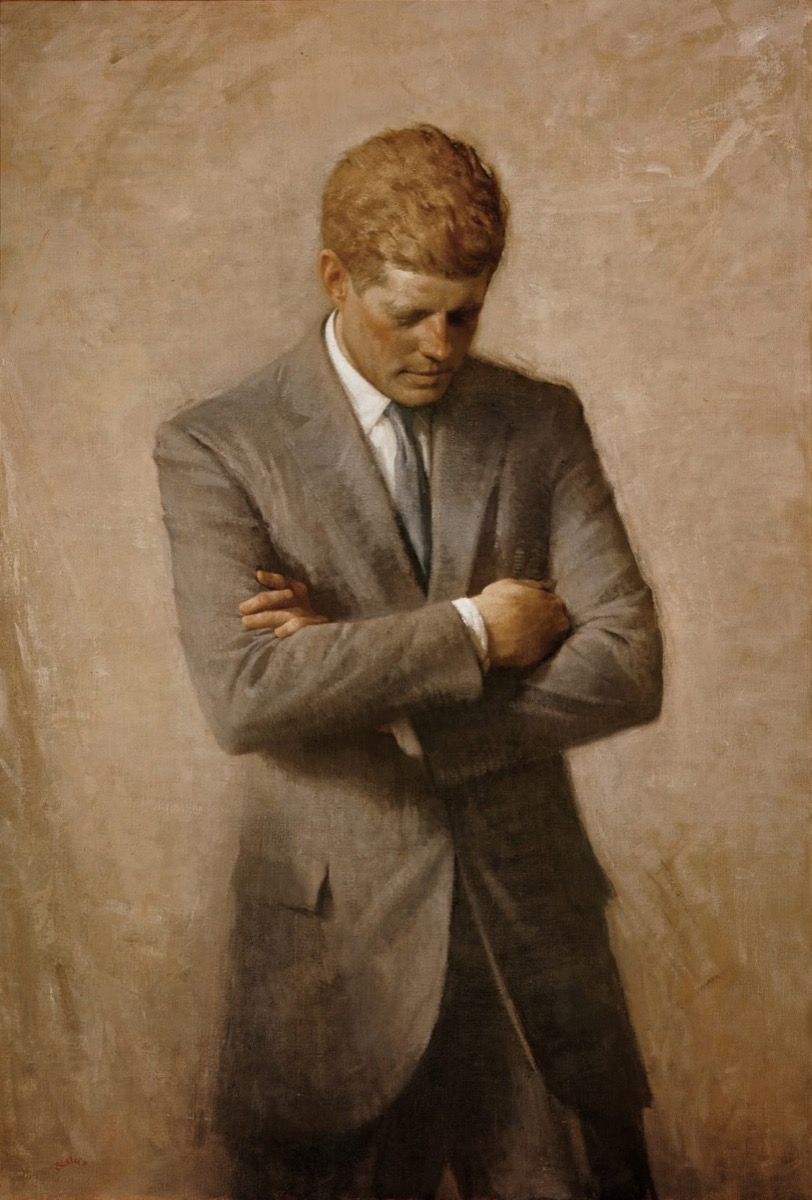
Widow Jackie Kennedy commissioned artist Aaron Shikler to create the official White House portrait of John F. Kennedy after he had been fatally shot. As such, the only things Shikler had to work with were photographs of the late president—and though he made several sketches based off of snapshots of the figurehead, the sketch that ended up being used was inspired by JFK's brother, Ted Kennedy.
"Shikler started making sketches from photographs, but all were unsatisfactory until he came across a picture of Ted Kennedy at JFK's grave with his head bowed and his arms crossed," a People article from 1981 recalls. "'My God,' [Shikler] remembers exclaiming to himself, 'That's a perfect image!' … When Jackie saw the sketch, she chose it over several others at once."
8
Jackie Kennedy was engaged before she wed JFK.
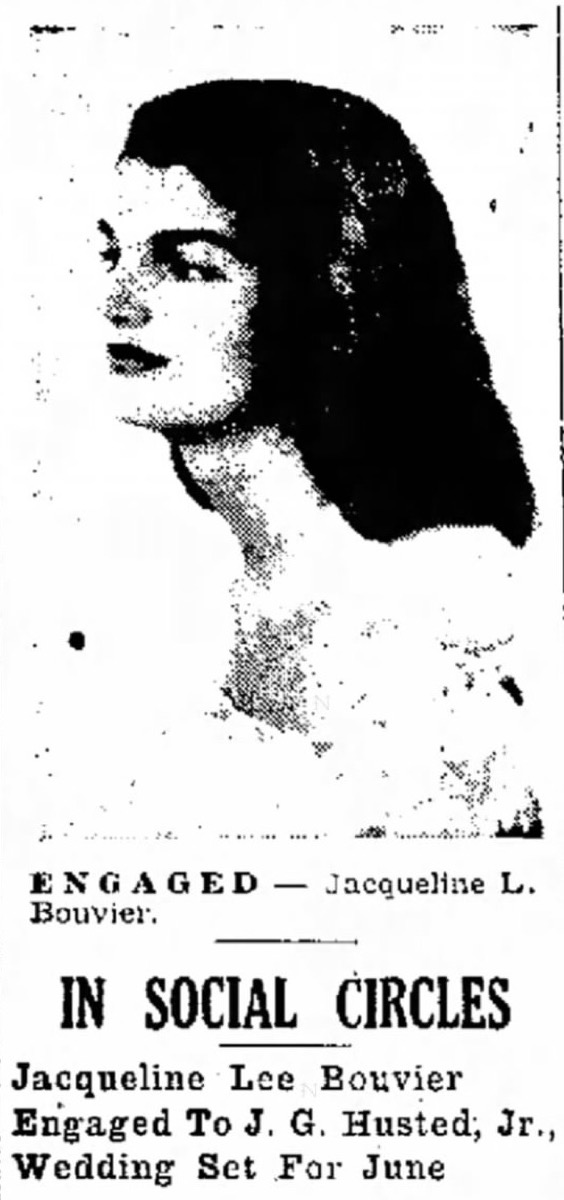
Though JFK was Jacqueline Bouvier's first husband, he wasn't her first fiancé. Early on, the reporter—yes, Jackie O was a journalist!—was set to wed a stockbroker named John G. W. Husted Jr.
"On a snowy December day on Madison Avenue, she who tended to be so cautious and so fastidious acted impulsively, agreeing to marry this young man she had not even known the month before," biographer Barbara Leaming wrote in Jacqueline Bouvier Kennedy Onassis: The Untold Story. Of course, the engagement ended eventually, but one can't help but wonder what would've happened had Jackie stayed with her first John?
9
Several Kennedys have dated A-list stars—and two have married them.
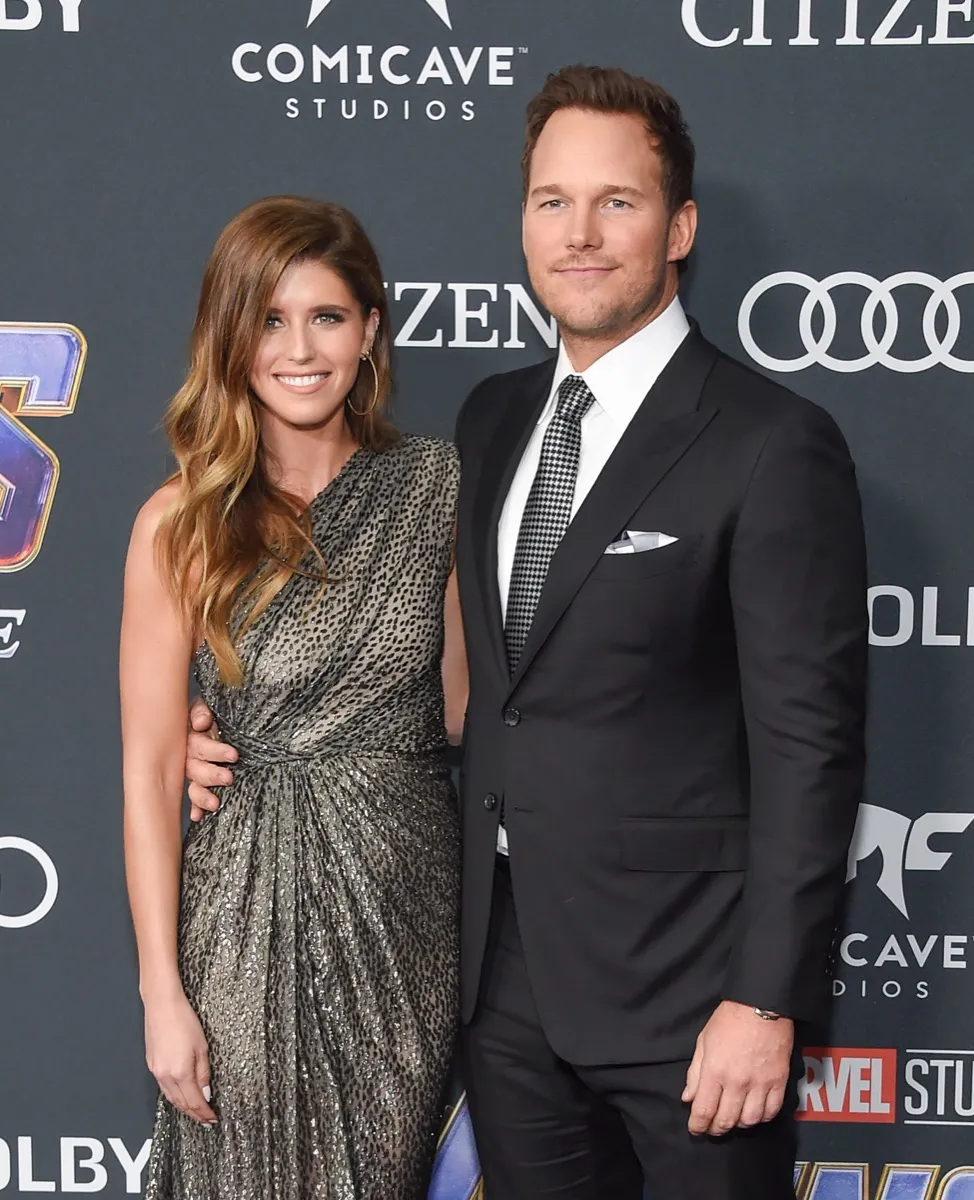
Though the Kennedy clan earned their fortune via business endeavors, many modern members of the famous family are now part of the hustle and bustle of Hollywood. It should come as no surprise, then, that several Kennedys have made headlines by dating—and even marrying—some of the biggest stars of the 20th and 21st century.
In 2012, for instance, Conor Kennedy, the grandnephew of JFK, was involved in a whirlwind summer fling with superstar Taylor Swift.
And then, of course, there are the Shrivers. Maria Shriver—the daughter of Eunice Kennedy Shriver (sister of JFK, RFK, and Ted)—was married to the Terminator himself, Arnold Schwarzenegger, for 25 years. Their son, Patrick Schwarzenegger, dated Miley Cyrus; and Katherine Schwarzenegger, their daughter, married Chris Pratt in 2019.
10
Ethel and Robert F. Kennedy were the inspiration for one of Taylor Swift's songs.
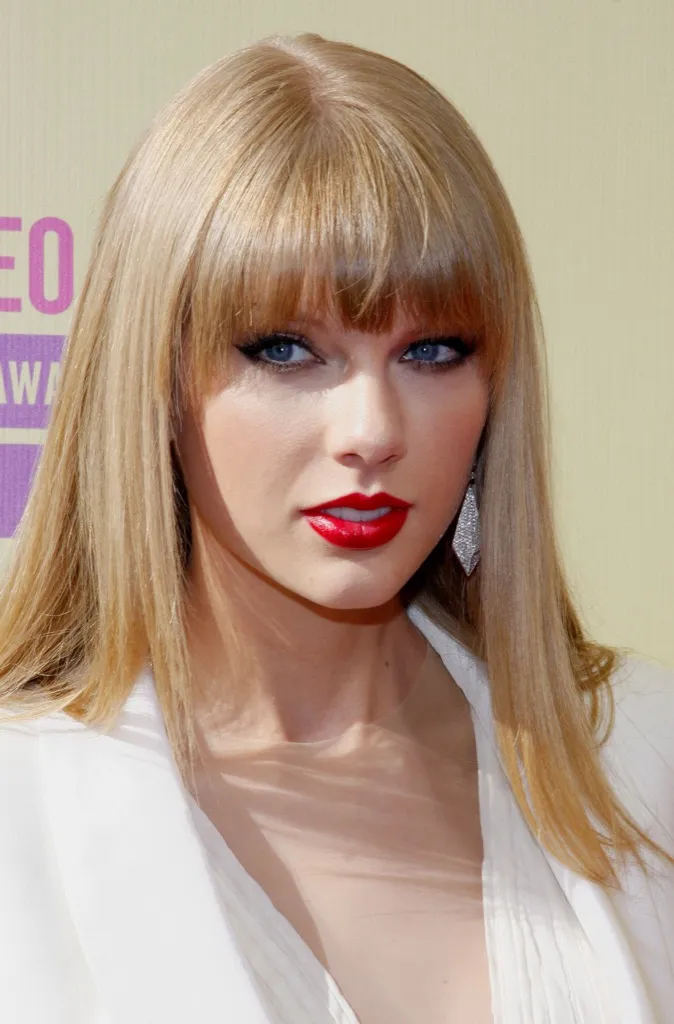
Taylor Swift and Robert F. Kennedy were never alive at the same time. And yet, the singer revealed in an interview with The Wall Street Journal in 2012 that while she was dating Conor Kennedy, she saw a photo of RFK with his wife, Ethel Kennedy, that inspired her to write a song.
"I came across this picture of these two kids dancing at a dance," Swift said. "It immediately made me think of … how much fun they must have had that night. It was back in the late '40s. I ended up reading underneath that it was Ethel Kennedy and Robert F. Kennedy. And they were like 17. So I just kind of wrote ["Starlight"] from that place, not really knowing how they met or anything like that."
11
John D. Rockefeller's father used to pretend to be a doctor to make end's meet.
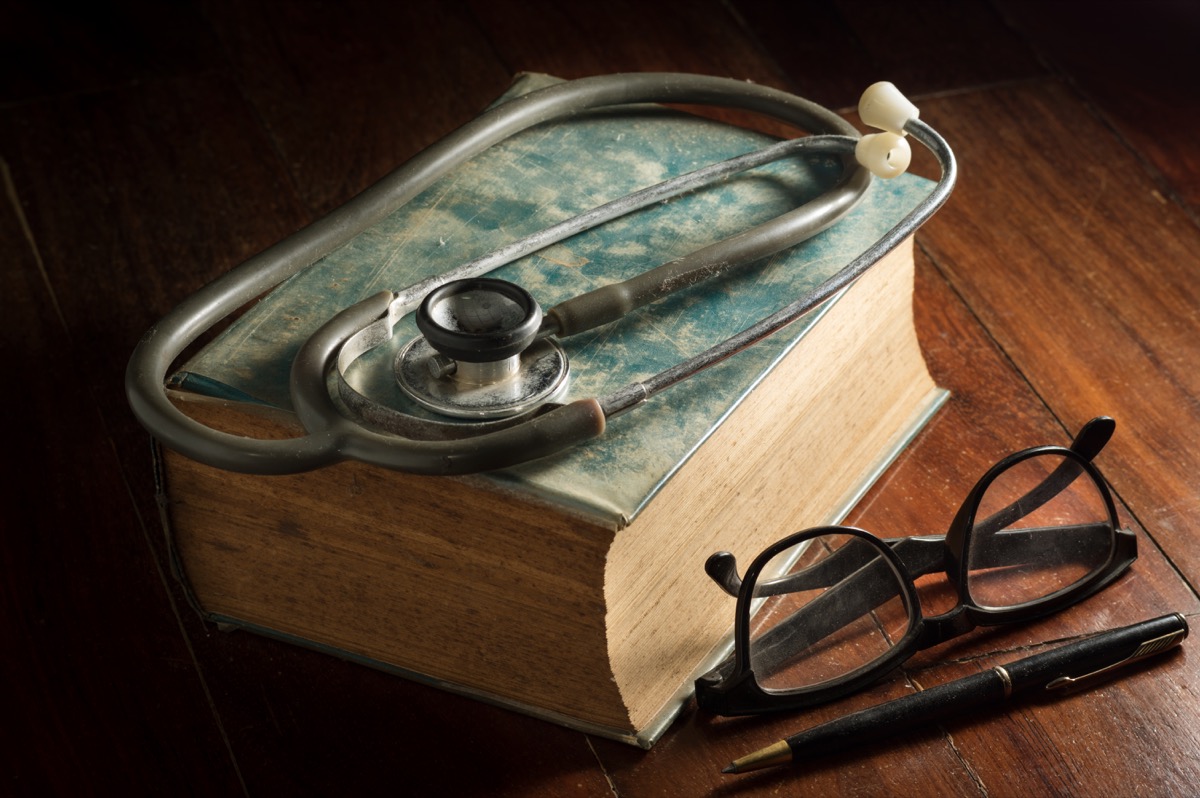
Though John D. Rockefeller was one of the richest men in modern history thanks to his stakes in the oil industry, his father wasn't so lucky. As biographer Grant Segall notes in John D. Rockefeller: Anointed with Oil, William Avery Rockefeller would rely on "buying and selling whatever he could" in order to make end's meat—and sometimes, that would even mean passing for a cancer specialist with no credentials whatsoever. "At least one of his medicines contained the liquor he loathed and the oil his son would refine," Segall writes.
12
John D. Rockefeller paid someone to serve in his place when he was drafted.
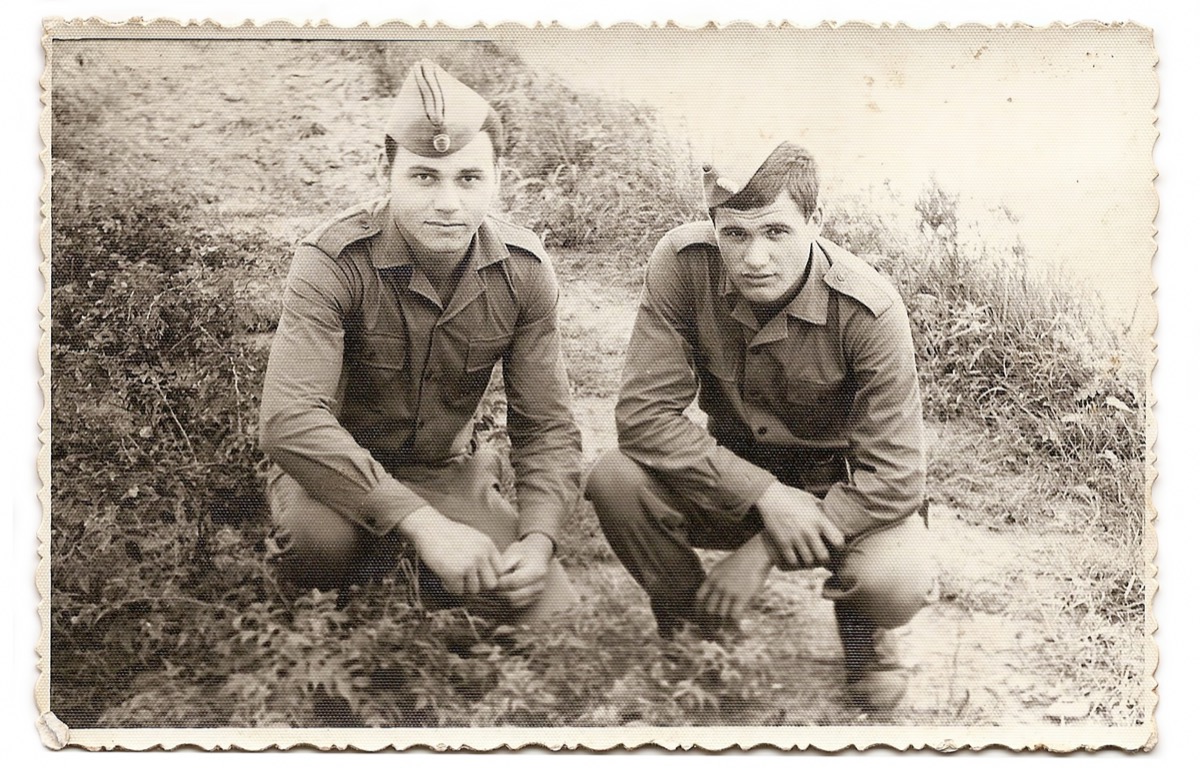
Though John D. Rockefeller was perfectly healthy and fit to serve, The U.S. National Archives and Records Administration notes that Rockefeller was just one of the rich men—along with others like future president Grover Cleveland—who "avoided military service by simply taking advantage of [the] section of the Enrollment Act of 1863 allowing draftees to pay $300 to a substitute who served for them."
13
He also celebrated the anniversary of landing his first job year after year.
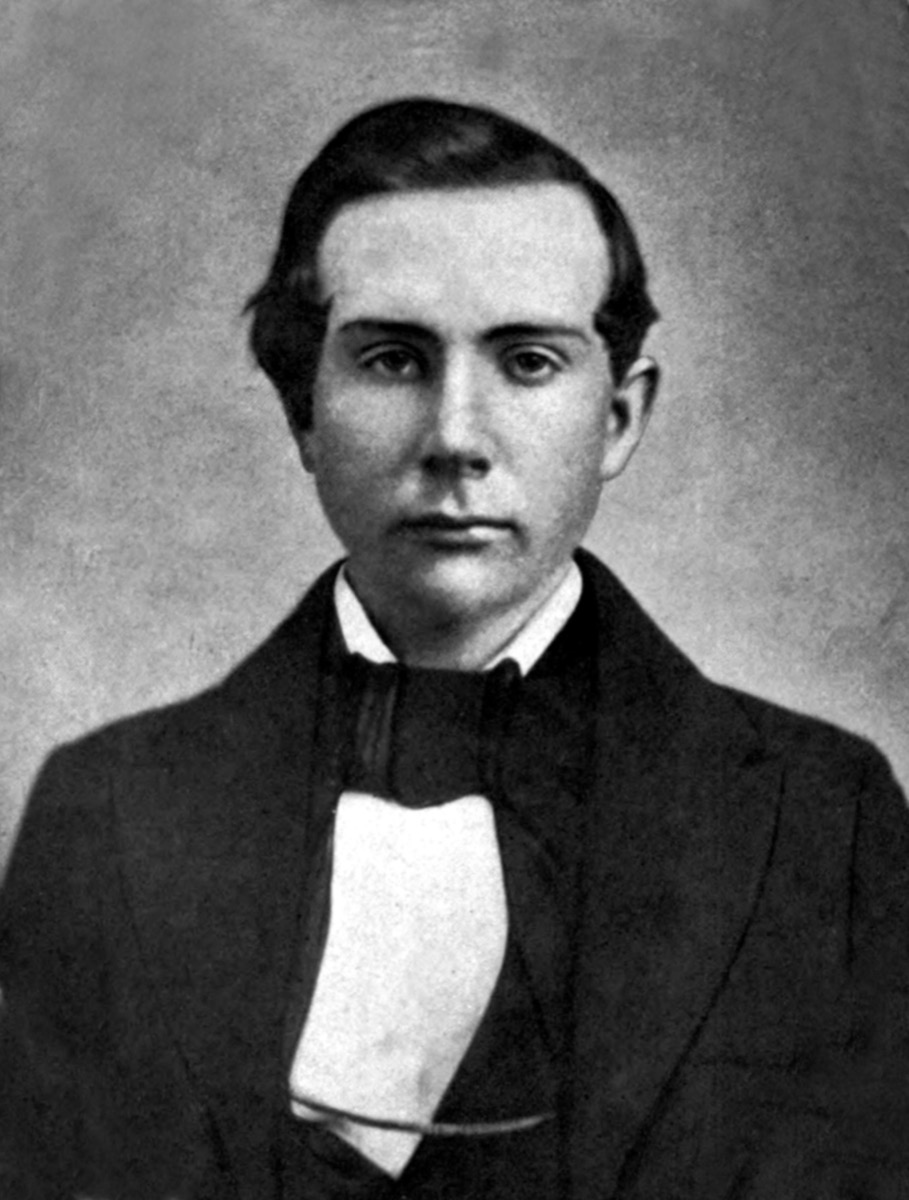
September 26th wasn't Rockefeller's birthday. Nor was it a wedding anniversary or even the birthday of a close relative. Rather, on September 26, 1855, a 16-year-old Rockefeller received his first job as a bookkeeping clerk, and so every year after on that fateful day, he celebrated September 26th as "Job Day."
"It was, he believed, the day his adult life began, the moment that the enormous ambitions of his boyhood could begin to take flight," notes Philanthropy, the national magazine of The Philanthropy Roundtable.
14
John D. Rockefeller was always charitable—even as a teenager.

In 1913, Rockefeller established the Rockefeller Foundation with a mission "to promote the well-being of mankind throughout the world." However, the oil magnate was doing his part to give back well before he was a multimillionaire.
As Philanthropy notes, as a young man, "the one line item on which he never skimped… was his charitable giving." In Titan: The Life of John D. Rockefeller, Sr., historian Ron Chernow writes that Rockefeller once recalled, "When I was only making a dollar a day, I was giving 5, 10, or 25 cents."
15
And he delighted in randomly handing out dimes.
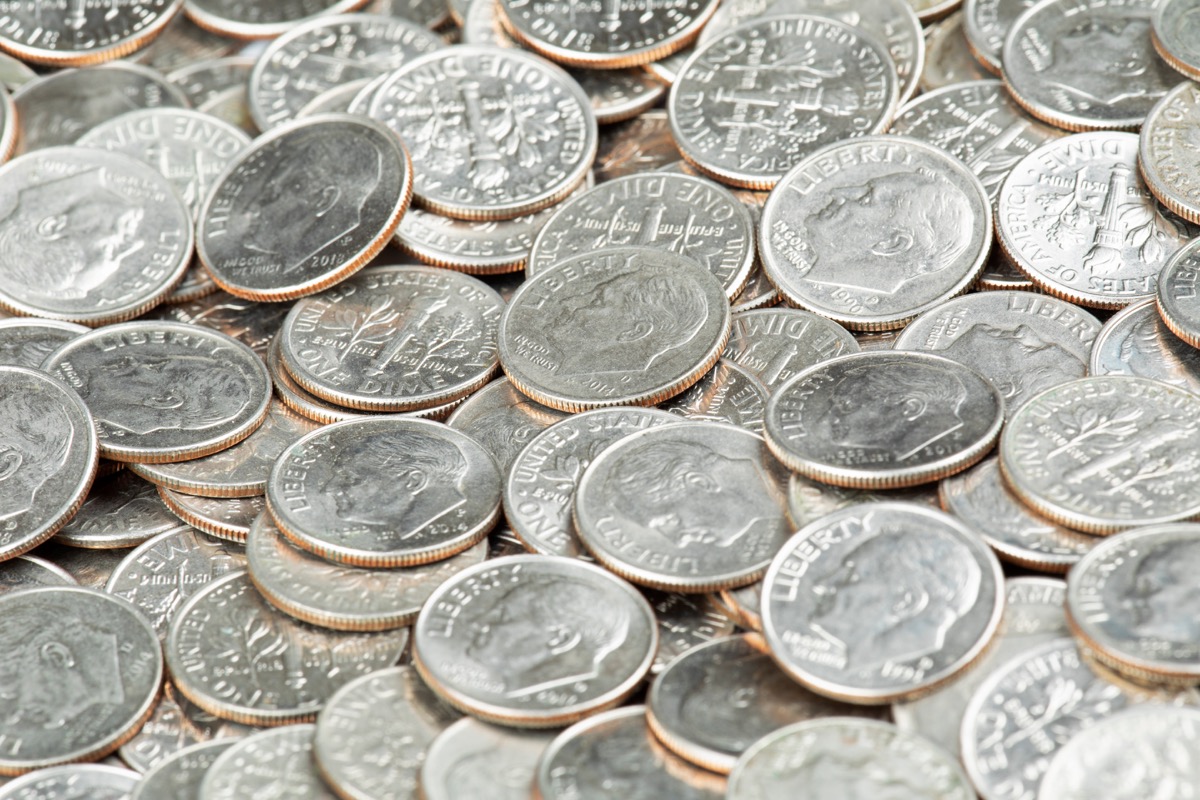
If you hung out with Rockefeller long enough, chances are you ended up with an extra 10 cents in your pocket. Yes, for some reason, the business magnate was a big fan of handing out dimes pretty much wherever he went.
"Whenever somebody excelled at golf, out popped a dime," writes Chernow. "Dimes were given for well-told tales at dinner. If somebody spilled something, Rockefeller poured dimes over the stains as a tip for the person who mopped it up. … Old newsreels capture Rockefeller handing out dimes in papal fashion, saying in a reedy voice, 'Bless you! Bless you!' as if dispensing communion wafers."
16
He was instrumental in the creation of the University of Chicago.
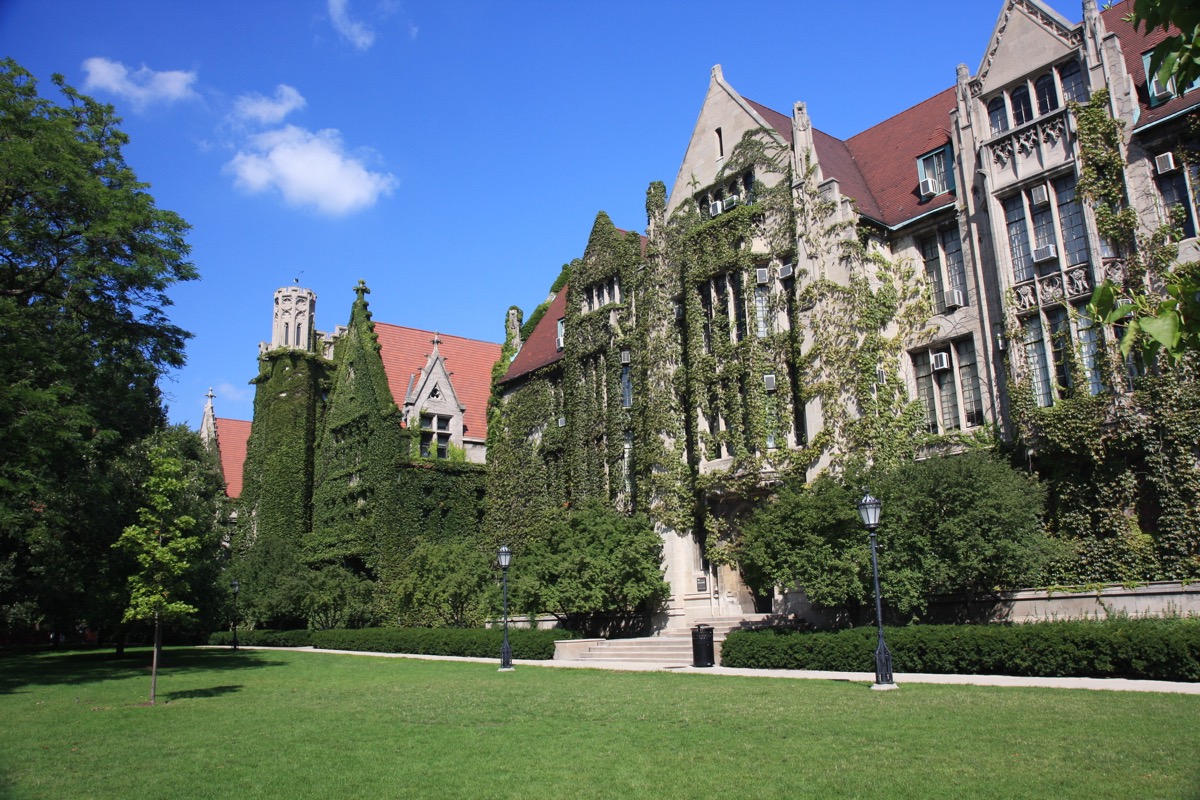
Of course, you're already aware that John D. Rockefeller played a part in the creation of the Rockefeller University. But did you know that the American icon was also involved in the creation of the University of Chicago? As the college's website notes, Rockefeller pledged $600,000—or what would be more than $25 million in today's currency—to help the institution get started back in the late 1800s.
17
And he also helped establish the first American public health institute.
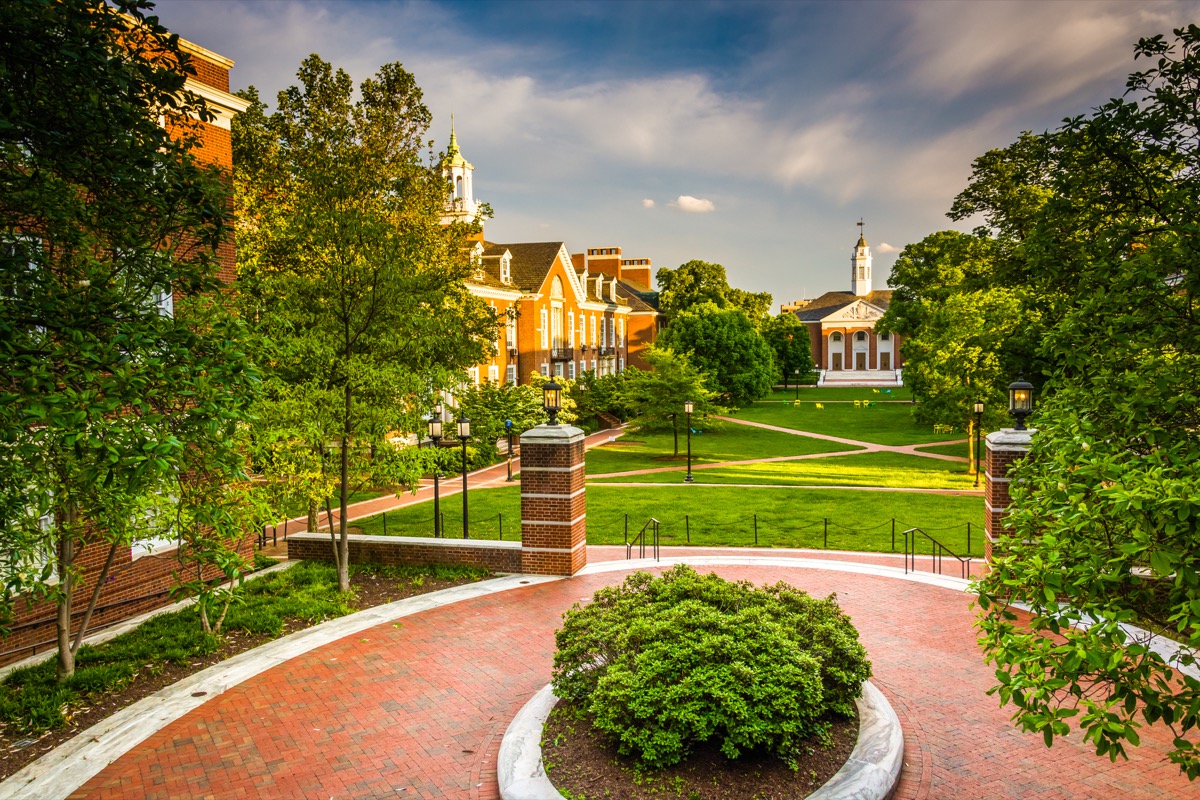
John D. Rockefeller's influence isn't just felt on the University of Chicago's college campus. Over in Baltimore, Maryland, Rockefeller—via the Rockefeller Foundation—also helped establish the Johns Hopkins School of Hygiene and Public Health, which was the first of its kind in the United States. According to the Rockefeller Foundation's website, the organization contributed $8 million in funding to the school from 1916 to 1947.
18
William Randolph Hearst was expelled from Harvard.

William Randolph Hearst, the patriarch of the Hearst clan, was hardly what you would call an exemplary student. As History's website notes, the publishing magnate was actually expelled from Harvard as a young adult due to his "raucous behavior."
But not before he got his first taste of his future industry: He served as the business manager of the Harvard Lampoon as an undergraduate, the California Museum notes.
19
And he took control of his first newspaper by way of his father's gambling.
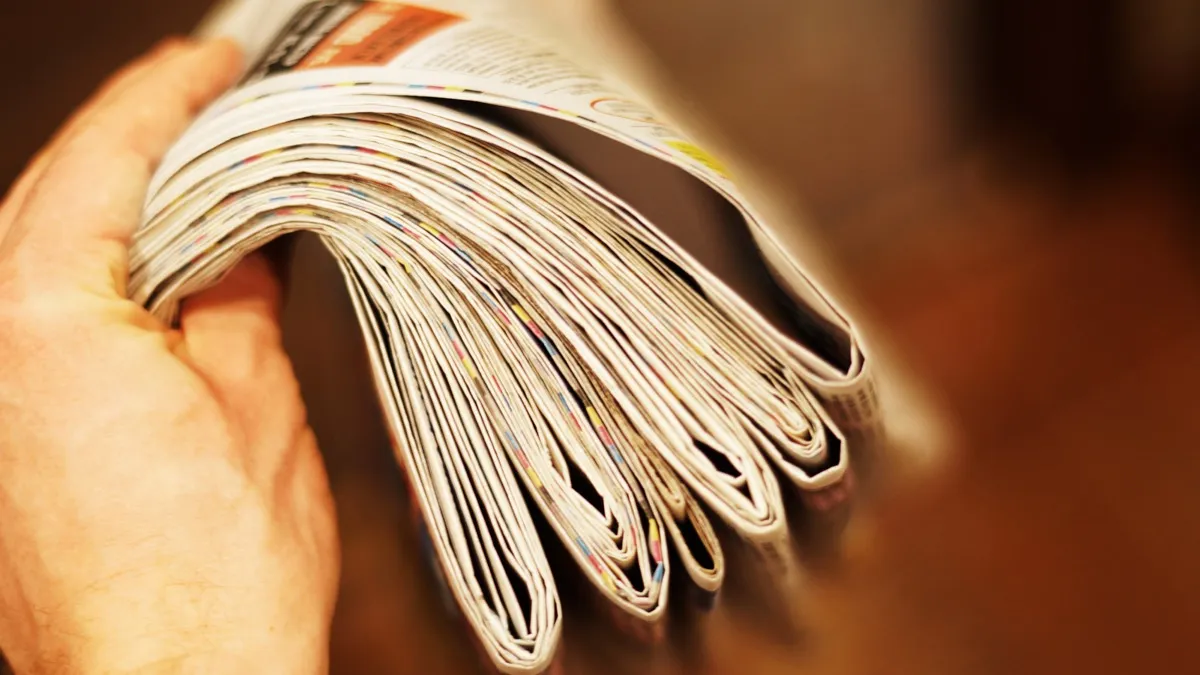
While Hearst was at Harvard, his father, George R. Hearst, acquired the San Francisco Examiner as payment for a gambling debt, according to the California Museum. And in 1887, George handed over ownership of the paper to his then-24-year-old son, helping him start what would soon become one of the largest media empires in the world.
20
His failed political campaigns earned him a punny nickname.
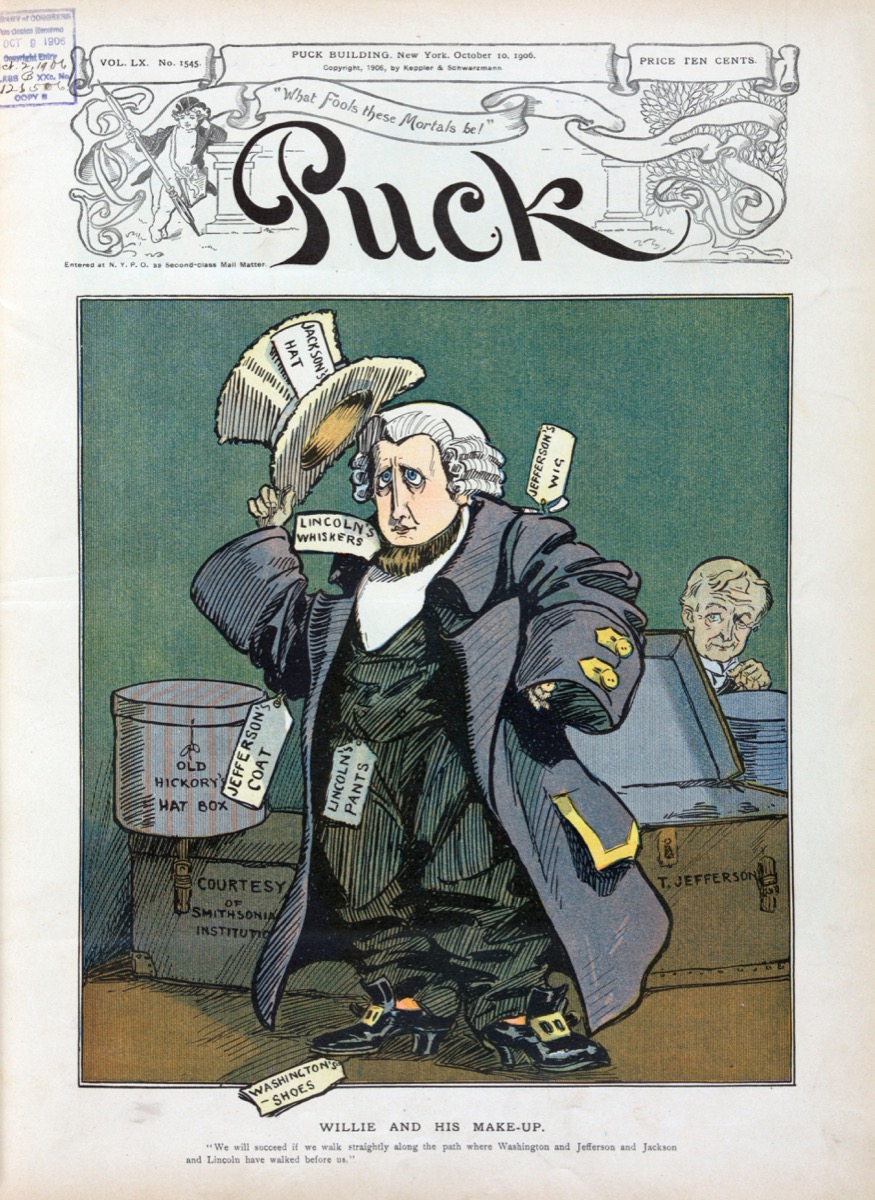
Though Hearst did get elected to Congress twice, the majority of the media mogul's political campaigns—whether they were for the House of Representatives or for governor of New York—were largely unsuccessful. As a nod to all of these back-to-back failed attempts at assuming office, writer Wallace Irwin gave the wannabe politician the unflattering nickname William "Also-Randolph" Hearst.
21
And he once told an artist to fabricate events just for a good story.
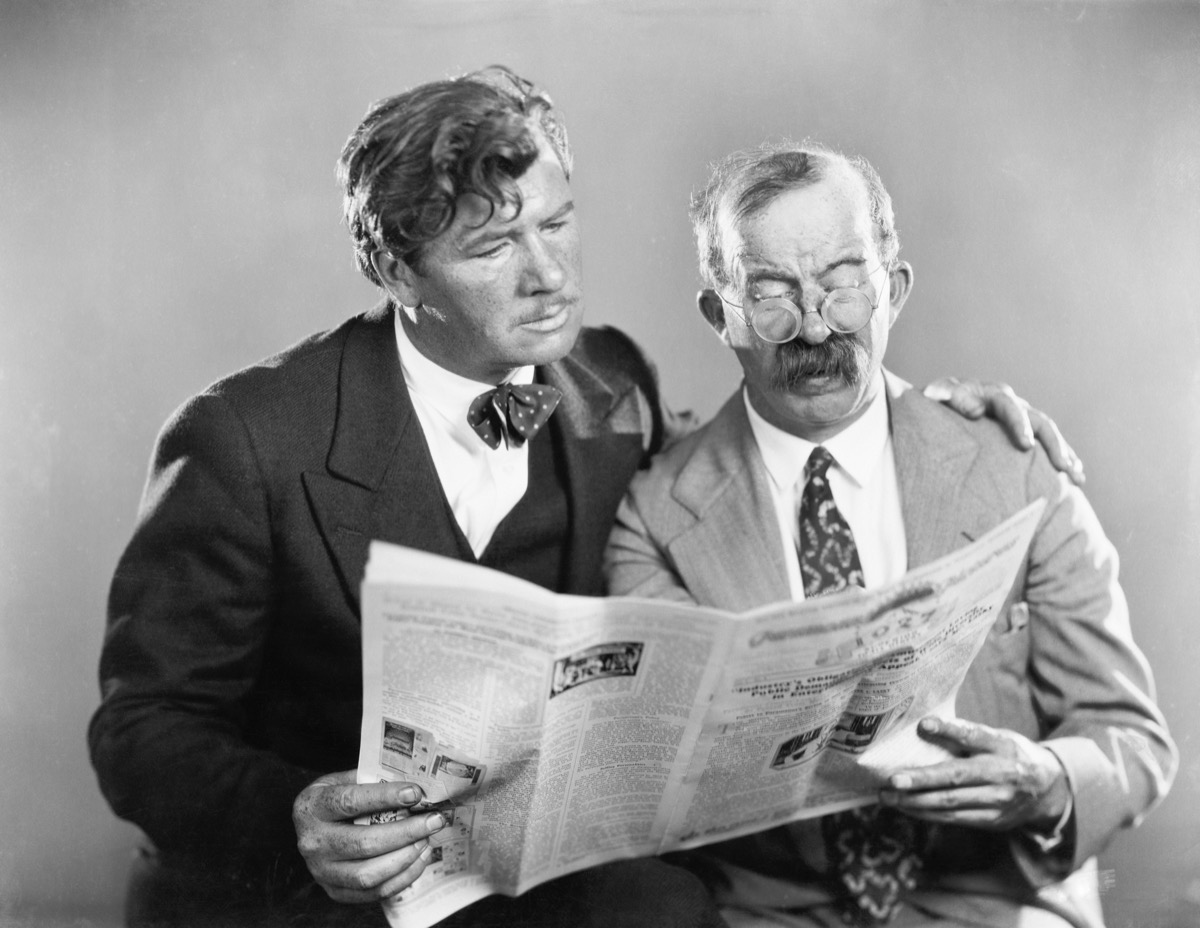
If you've seen Citizen Kane, then you know that people saw William Randolph Hearst as something of a bizarre and twisted man. And though that movie was only loosely based off of Hearst's life, it isn't far from reality. In 1897, for instance, when artist Frederic Remington phoned from Cuba to say that "there will be no war," Hearst responded: "You furnish the pictures and I'll furnish the war." And if you can't get enough American royals, check out these 13 Secrets You Never Knew About JFK and Jackie Kennedy's Wedding.

